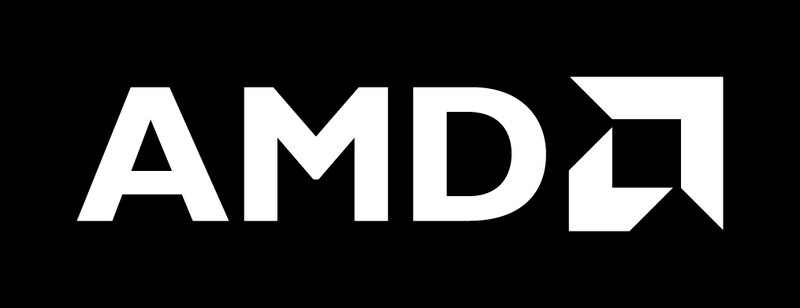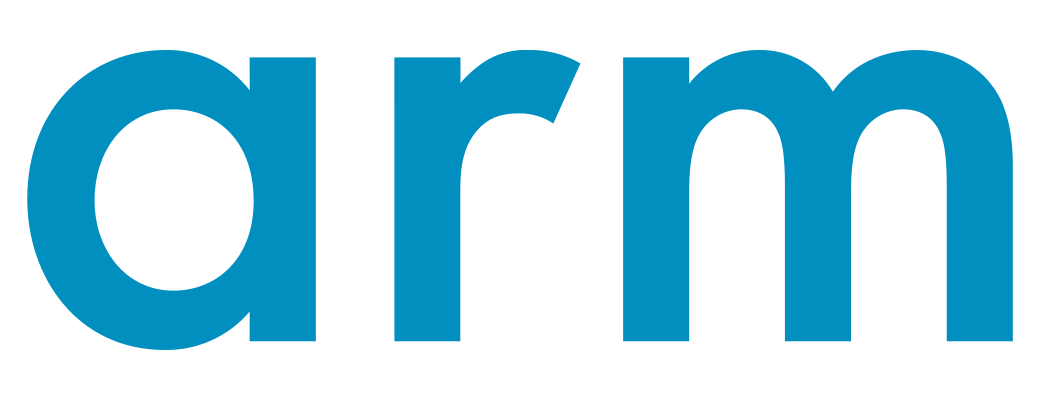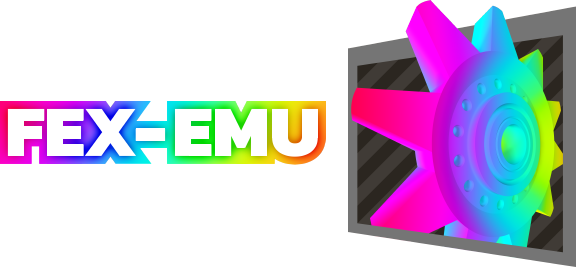Speaker
Description
Many embedded Linux systems that feature a display, nowadays, use a Wayland compositor as the base for the GUI. Using standard desktop technology simplifies application development and increases consistency across products. However, as a significant difference to desktops, the system developer – not the user – decides how to arrange the surfaces on the screen.
Various Wayland compositors and shells address the embedded use case in different ways and with varying complexity: The Weston kiosk-shell, cage, the agl-compositor, the Weston IVI-shell, and phosh are just a few examples. Each shell comes with its own set of hard-coded assumptions, and the trade-offs and suitability for a certain use case may not be obvious at a first glance. Often, developers end up forking the compositor and hacking the shell until it fits the use case, causing an additional maintenance burden and further fragmentation of the ecosystem.
I will give an overview of use cases and requirements of different GUIs in embedded systems, highlight the differences between the existing shells, and spark a discussion, how to improve the flexibility and reuse of Wayland shells for future embedded use cases.
| GSoC, EVoC or Outreachy | No |
|---|---|
| In-person or virtual presentation | In-person |
| Code of Conduct | Yes |














